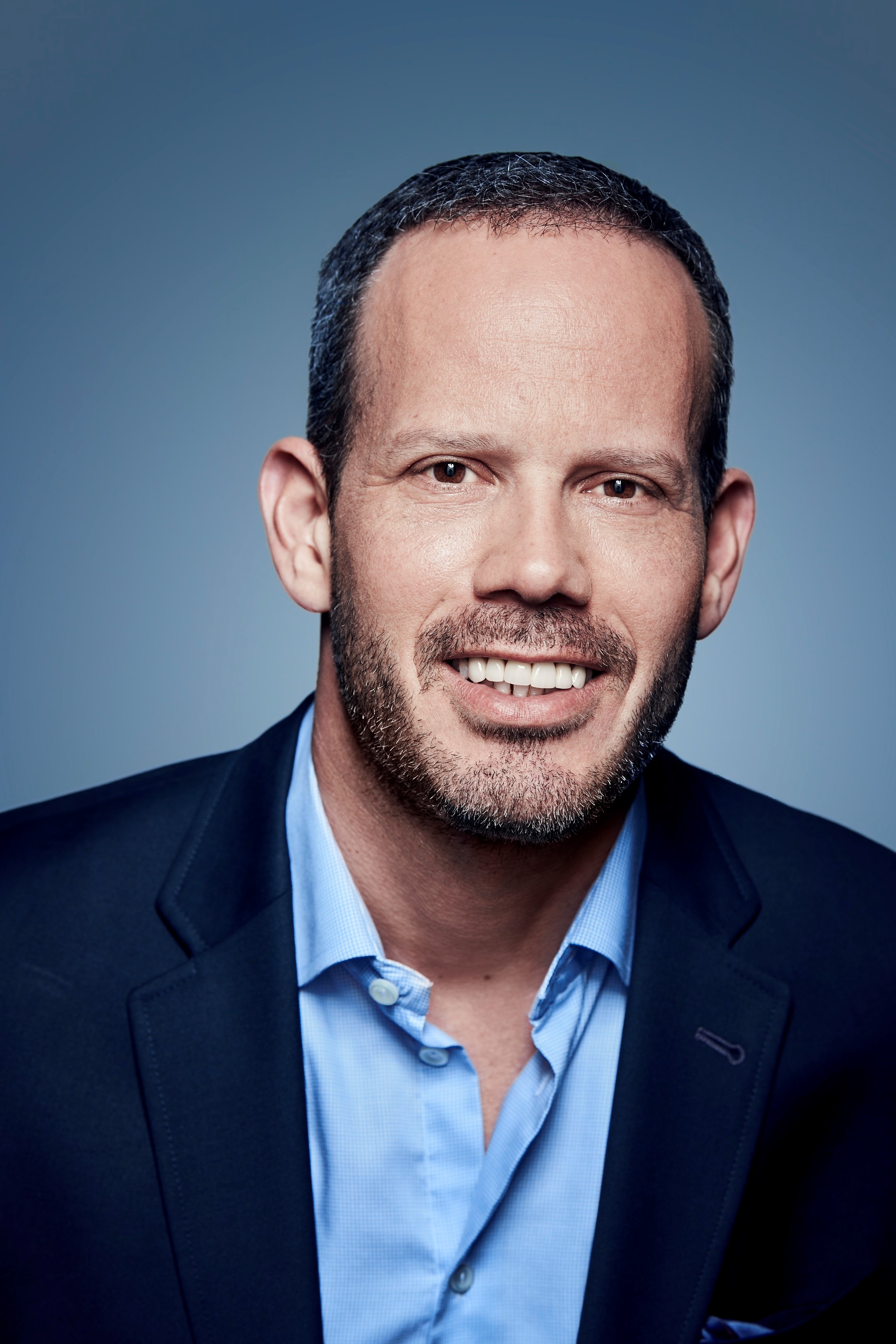Hulu's Jeremy Helfand on Pioneering Viewer-First Advertising

Streaming services have expanded the consumer experience in such a way that viewers now expect to watch whatever they want, whenever they want -- and yet, the ability to make choices rarely extends to the advertising. That's an area where Hulu differentiated itself when it launched and it remains true today. Hulu is the only major streaming service that allows viewers to pay less for an ad-supported service. Its latest innovation could even reinvent the snack or bathroom break -- or at least the bingeing breather -- with pause advertising. Jeremy Helfand, Hulu's Vice President and Head of Advertising Platforms, spoke with MediaVillage about what viewer-first advertising means.
David Berkowitz: On a high level, what's new with Hulu?
Jeremy Helfand: We're excited about the continued growth of Hulu. We have surpassed 28 million total customers. We're also seeing increased engagement by our subscribers with the platform. Our total hours watched on Hulu increased by 75% in 2018, and the average amount of time that a subscriber spent on the platform increased by more than 20% in 2018.
Berkowitz: What's driving the growth?
Helfand: I think there are a couple of things. One, it's the choice and control that we give to our subscribers. In addition to all the great content that they have access to, Hulu is focused on being the destination for television inside or outside of the home. We are giving [viewers] that choice -- and control over both the type of content and the experience [they] want.
Berkowitz: Is viewership trending more toward in-home or out-of-home viewing?
Helfand: What's fascinating is that almost 80% of the viewing on Hulu is happening in the living room, on some sort of streaming device or a streaming television. Streaming television is not about cheaper television; it's about better television. That's the power of the opportunity in streaming. That's what we are focused on at Hulu.
Berkowitz: Is TV, then, the first screen for Hulu in terms of where you focus with new ad products?
Helfand: We deal with concepts like bingeing and pausing on content and multi-screen viewing -- things that never existed before in traditional TV. While TV consumption has changed, TV advertising really has not. It's still typically the same old ad break approach to advertising that has not taken into consideration the way that TV content consumption has changed and how TV viewers want to enjoy the storytelling journey. That premise and how you address it from an advertising perspective are what we're focused on. It's what we call viewer-first advertising. Viewer-first advertising is the belief that a viewer's experience and advertising ROI, if delivered and designed effectively, can be directly correlated rather than inversely related.
Berkowitz: It's hard to get away from the idea of advertising as a necessary evil. For Hulu viewers, is that still the case or do they actually like the advertising?
Helfand: I don't think viewers are opposed to advertising. They're opposed to irrelevant or disruptive advertising. That's why that premise of choice and control within the types of services we offer becomes really important. If you don't want an advertising-supported service, you have our ad-free service. If you are going to take our ad-supported service, we're going to make sure that you have the very best experience possible. This is the importance of viewer-first advertising. Your advertising must be consistent, relevant and integrated or immersive with the viewer's storytelling experience.
Berkowitz: What is on your ad product roadmap now?
Helfand: We're focused on the three areas of innovation: automation, data and measurement and then experience is the third. We are going to be increasing our investment in non-intrusive ad formats. Our goal is that within the next three years, 50% of our advertising business will come from non-intrusive advertising. We announced earlier this year the Pause Ad, which capitalizes on viewers' common behavior of pausing on content. That is a situationally relevant opportunity to deliver advertising when there's a natural break in storytelling as opposed to disrupting it.
Berkowitz: Where does automation fit in?
Helfand: Automation is the idea that we need to make TV advertising more accessible for the market. One of the things that we announced earlier this year was our private marketplace, which will give advertisers the opportunity to access Hulu advertising in a biddable environment. We are going to be making a self-service platform available later this year as well.
Berkowitz: Who is Hulu mainly competing with right now?
Helfand: When we look across the landscape of where advertisers can spend their dollars, I think at some level we are competing against other ad-supported services. It could be a Facebook or Google or other companies that are looking for advertisers to spend dollars on their platforms. At the same time, we also see the competitive set as the traditional options that advertisers have in broadcast and TV. The benefit of Hulu is that we bring the best of both TV and digital together in order to provide a more effective advertising solution for advertisers.
Click the social buttons above or below to share this story with your friends and colleagues.
The opinions and points of view expressed in this content are exclusively the views of the author and/or subject(s) and do not necessarily represent the views of MediaVillage.com/MyersBizNet, Inc. management or associated writers.


